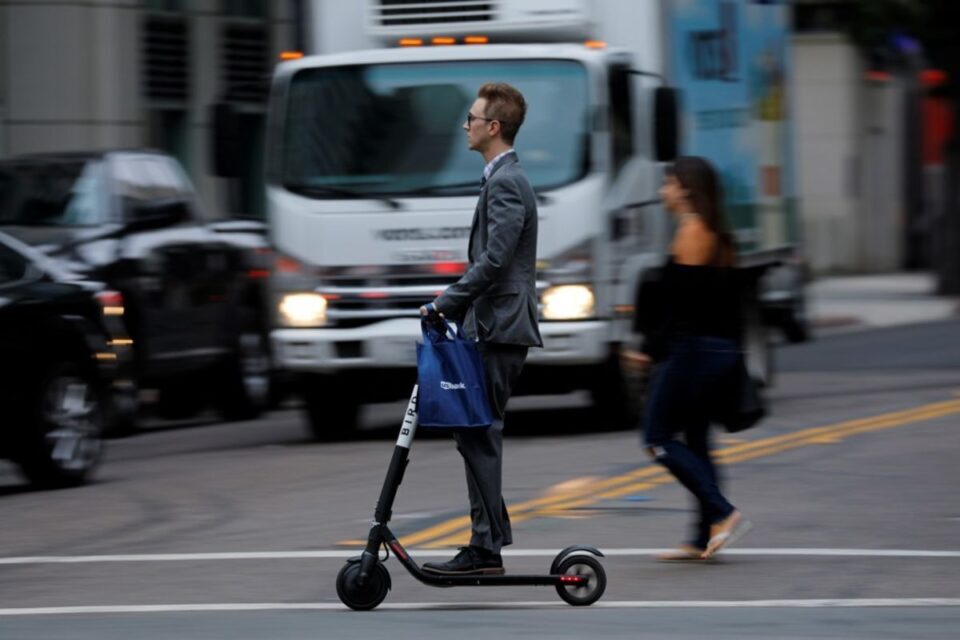Global Navigation Satellite System (GNSS) is a generic term to describe the US Global Positioning System (GPS) and other constellations such as the Russian Global Navigation Satellite System (GLONASS) that provide geospatial positioning across the earth. The GNSS can pinpoint the geographical location of a user anywhere in the world using three segments; the satellites (known as a constellation), ground control network and user equipment (receivers).
The GNSS satellites remain in medium earth orbit (MEO) and transmit coded signals containing both precise orbital details and a very stable and accurate time stamp.
The ground control network keeps track of the relevant satellite installation, monitoring a range of data such as satellite health and signal integrity. It also determines precise satellite orbits and provides other information essential to determining user position, velocity and time.
By collecting data from at least four satellites at once, the GNSS receivers in our phones are able to establish realtime geographical positioning and time synchronisation.
GNSS receivers are increasingly affordable and available on mass-market devices, not just on phones but to wearables, and to drones. with accuracy now down to just a few centimetres, this has opened a new set of opportunities that were previously limited to high-end industries.
Other than the obvious autonomous vehicles, fleet management and pay as you drive/ride functionalities, accurate location and tracking have allowed consuming minimal power in urban environments, facilitating business models of micro-mobility.
Micro-mobility refers to a range of small, lightweight vehicles operating at speeds typically below 25km and driven by users personally. With growing cities and a focus on sustainability, more people and businesses are seeking environmentally friendly, single-rider, open-air transit alternatives in the socially distancing environment for methods of convenient transportation.
